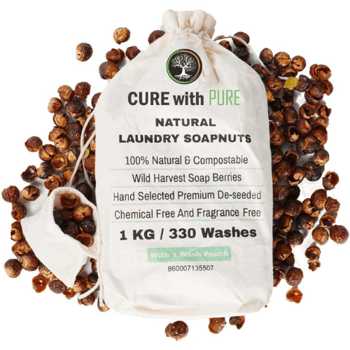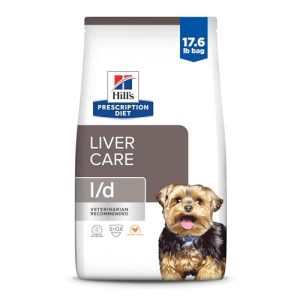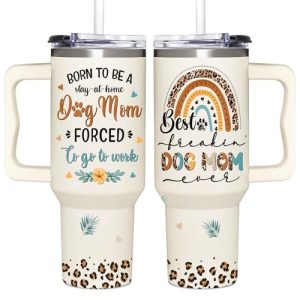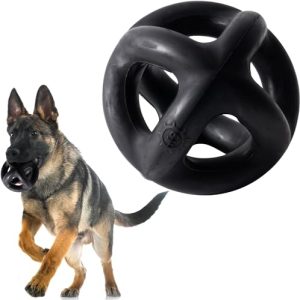Have you ever wondered if you can wash dog toys? If you’re like most pet owners, you want to keep your furry friend’s things clean and safe.
But how often should you wash those toys? And what’s the best way to do it without ruining them? You’ll discover simple and effective tips to keep your dog’s toys fresh and germ-free. Keep reading to protect your pet’s health and make playtime even more enjoyable!
Why Clean Dog Toys Matter
Keeping your dog’s toys clean is more important than you might think. Dirty toys can harbor bacteria, germs, and even parasites that pose serious risks to your pet’s health. Regular cleaning not only protects your dog but also extends the life of their favorite playthings.
Health Risks Of Dirty Toys
Dirty dog toys can become a breeding ground for harmful bacteria like Salmonella and E. coli. These germs can cause vomiting, diarrhea, and other digestive issues in your dog.
Additionally, mold and mildew can grow on damp toys, leading to respiratory problems or skin infections. Have you ever noticed your dog sneezing or scratching more after playing with certain toys? That might be a sign of contamination.
Parasites like fleas or ticks may also cling to unwashed toys, increasing the chance of infestation. Keeping toys clean helps break this cycle and protects your pet’s health.
Impact On Your Dog’s Wellbeing
Clean toys contribute to your dog’s overall happiness and comfort. Dogs explore the world through their mouths, so a dirty toy can cause discomfort or even pain in their gums and teeth.
Regularly washed toys also encourage your dog to play more, which supports mental stimulation and physical exercise. A bored or stressed dog is more likely to develop destructive habits or anxiety.
How often do you check your dog’s toys for dirt or grime? Making toy cleaning a part of your routine can improve your dog’s quality of life significantly.

Credit: www.earthrated.com
Types Of Dog Toys And Cleaning Needs
Dog toys come in many types, and each needs a different cleaning method. Keeping toys clean helps prevent germs and keeps your dog healthy. Some toys are easy to wash, while others need gentle care. Understanding the materials helps you choose the best cleaning way.
Rubber And Plastic Toys
Rubber and plastic toys are strong and durable. They can often handle a good scrub with warm water and soap. Use a brush to clean small crevices where dirt hides. These toys can also go in the dishwasher on the top rack for a deep clean. Avoid harsh chemicals that may harm your dog.
Fabric And Plush Toys
Fabric and plush toys are soft and cuddly but can trap dirt and germs. Most can be washed in a washing machine using a gentle cycle. Use mild detergent without strong scents. Air dry or use a low heat setting in the dryer to keep the toy safe. Check for loose parts before giving the toy back to your dog.
Rope And Natural Fiber Toys
Rope and natural fiber toys need special care. They can hold moisture, which may lead to mold or bacteria. Hand wash with warm water and mild soap, then rinse well. Let them dry completely in the sun or a dry place. Replace these toys often because they wear out quickly and can fray.
Safe Cleaning Methods
Keeping dog toys clean is essential for your pet’s health. Safe cleaning methods remove dirt, germs, and bacteria without harming the toy or your dog. Choosing the right cleaning process helps maintain the toy’s durability and your pet’s safety.
Hand Washing Techniques
Hand washing is gentle and effective for most dog toys. Use warm water and mild soap to avoid harsh chemicals. Scrub the toy with a soft brush or cloth to reach all surfaces. Rinse thoroughly to remove soap residue. Let the toy air dry completely before giving it back to your dog.
Machine Washing Options
Machine washing suits fabric or soft dog toys. Place toys in a laundry bag to protect them during the wash. Use a gentle cycle with cold or warm water. Select a mild, pet-safe detergent. Avoid using bleach or fabric softeners. Air dry the toys or use a low heat dryer setting if allowed by the toy’s care instructions.
Using Pet-safe Cleaning Products
Choose cleaning products made specifically for pets. These products do not contain harmful chemicals that can irritate your dog’s skin or mouth. Natural ingredients like vinegar or baking soda are safe alternatives for cleaning toys. Always check product labels to ensure they are non-toxic and pet-friendly. Rinse toys well after cleaning to remove any product traces.

Credit: www.amazon.com
How Often To Wash Dog Toys
Knowing how often to wash your dog’s toys is key to keeping your furry friend healthy and happy. Toys can quickly collect dirt, saliva, and bacteria, which might cause infections or bad odors. But the cleaning frequency depends on how often your dog plays with each toy and where they usually use them.
Daily Use Toys
Toys that your dog chews on every day, like rubber balls or chew bones, need cleaning at least once a week. These toys accumulate saliva and germs rapidly, especially if your dog drools a lot. If you notice a bad smell or visible dirt, wash them immediately to avoid any health risks.
For example, my dog’s favorite rubber ball gets tossed around inside and outside daily. I wash it weekly with warm soapy water and rinse thoroughly. This simple habit keeps the toy fresh and prevents any buildup of harmful bacteria.
Occasional Use Toys
Toys your dog plays with less frequently, such as special plush toys or puzzle feeders, can be washed monthly or after noticeable dirt. These toys don’t face constant saliva or outdoor grime, so they don’t need as much attention. However, if your dog shares toys with other pets, cleaning them more often is smart to avoid cross-contamination.
Think about the last time your dog played with a stuffed toy only once a week. Waiting too long to wash it might allow dust mites or allergens to settle in, which can irritate your pet’s skin. Washing occasional toys regularly keeps them safe and inviting for your dog’s next play session.
Drying And Storing Clean Toys
Drying and storing dog toys after washing is as important as cleaning them. Wet toys can grow mold and bacteria quickly. Proper drying stops these problems and keeps toys safe for your dog. Storing toys correctly prevents dirt and germs from returning. This helps your dog stay healthy and enjoy clean toys every time.
Proper Drying Methods
Air drying is the safest way to dry dog toys. Lay toys flat or hang them in a clean, dry area. Avoid damp or dark places. Sunlight helps kill germs, so drying toys outside is ideal. For soft toys, press gently with a towel to remove extra water before air drying. Never use a dryer unless the toy label says it is safe. Heat can damage some materials and make toys unsafe.
Storage Tips To Prevent Contamination
- Store toys in a clean container with a lid to keep dust and bugs out.
- Separate dirty toys from clean ones to avoid cross-contamination.
- Use breathable bags or bins for storing soft toys to prevent moisture buildup.
- Keep storage areas dry and away from direct sunlight or heat.
- Clean storage containers regularly to stop germs from building up.
Signs To Replace Dog Toys
Dog toys bring joy and exercise to your pet. Over time, toys can wear out or become unsafe. Recognizing when to replace them keeps your dog safe and happy. Watch for clear signs that show a toy needs to go.
Wear And Tear Indicators
Check toys often for damage or changes in shape. Look for:
- Frayed fabric or loose threads
- Cracks, holes, or missing pieces
- Chewed edges or broken parts
- Fading colors that suggest material breakdown
Toys with heavy wear lose their strength and fun. Replace them before your dog swallows small pieces.
Potential Hazards
Damaged toys can cause choking or injury. Watch out for:
- Sharp edges from broken plastic or rubber
- Exposed stuffing or squeakers
- Loose parts that can detach easily
- Unusual smells or mold growth
Discard toys showing these hazards immediately. Safety must come first for your dog’s well-being.
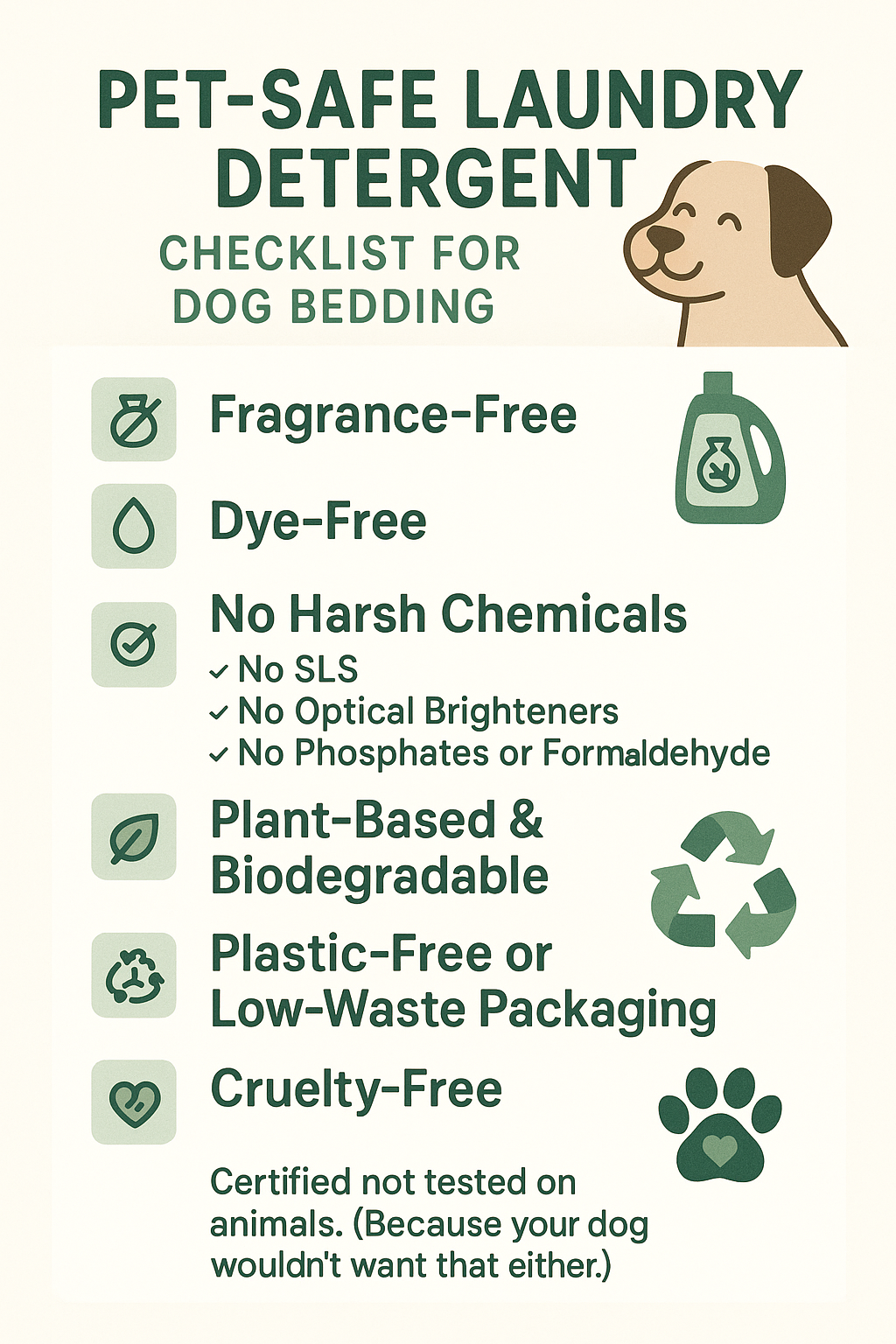
Credit: www.heysunday.com
Frequently Asked Questions
Can You Wash Dog Toys In A Washing Machine?
Yes, you can wash many dog toys in a washing machine. Use a gentle cycle with mild detergent. Ensure toys are machine-safe by checking labels. Avoid washing toys with squeakers or electronics. Air dry thoroughly before returning them to your pet.
What Detergent Should I Use For Dog Toys?
Use a mild, pet-safe detergent for washing dog toys. Avoid strong chemicals or fragrances that can harm pets. Look for natural or hypoallergenic options. Rinse toys thoroughly after washing to remove any detergent residue. This ensures safety and cleanliness for your furry friend.
How Often Should You Wash Dog Toys?
Wash dog toys regularly to maintain hygiene and safety. Clean toys every two weeks or sooner if visibly dirty. Toys used outdoors or in water might need more frequent cleaning. Regular cleaning helps prevent bacteria buildup and keeps your pet’s playtime safe and enjoyable.
Can You Wash Plush Dog Toys?
Yes, plush dog toys can often be machine washed. Use a gentle cycle and mild detergent. Check the label for washing instructions. Air dry or use a low-heat dryer setting. Regular cleaning keeps plush toys fresh and safe for your dog to enjoy.
Conclusion
Washing dog toys keeps your pet healthy and happy. Clean toys remove dirt, germs, and bad smells. Regular cleaning also helps toys last longer. Use mild soap and warm water for best results. Some toys can go in the dishwasher or washing machine.
Always check the toy’s label before cleaning. A clean toy means a safer playtime for your dog. Keep your dog’s favorite toys fresh and safe. Simple care makes a big difference in your dog’s life.

Emily Barker is the founder of ChillDogLife.com, a space dedicated to helping pup parents discover the best dog products, lifestyle tips, and cozy ideas for happier homes.
A lifelong dog lover, Emily combines her passion for pets with a knack for research to share trusted recommendations on everything from toys and furniture to health and everyday care.
Her goal is simple: to make life easier, stylish, and more joyful for dogs and the people who love them.
